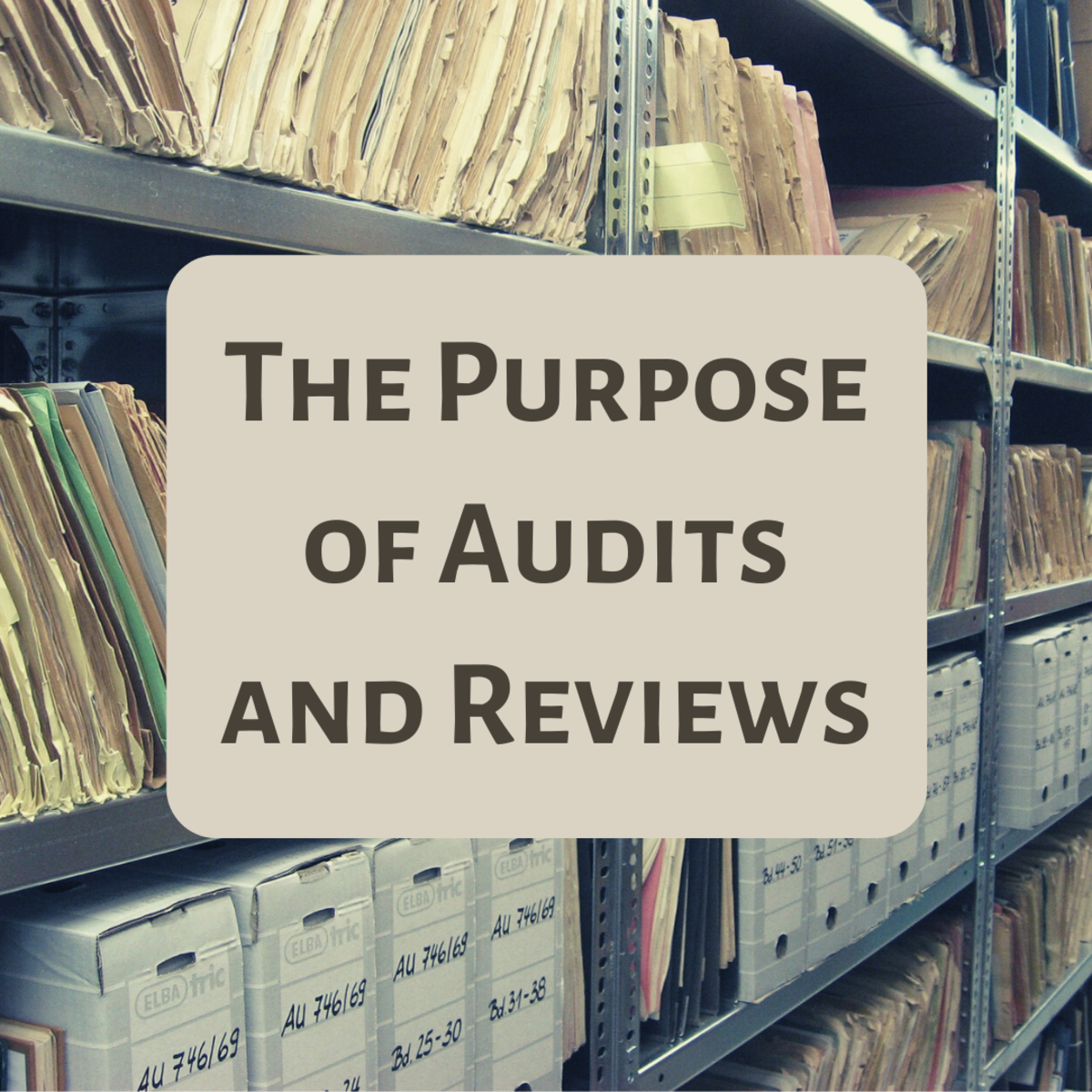Beginning to Converge
Beginning the Convergence
In the late 1990’s and early 2000’s the world was beginning to change a lot. The internet was connecting more people from all over the world faster than ever before. The technology was making transactions faster and the world smaller. With globalization of the economy happening so quickly, there was a clear need for a more unified set of accounting standards to govern international business dealings. At this time there were two predominant sets of standards, United States Generally Accepted Accounting Principles and International Financial Reporting Standards. These were determined by the Financial Accounting Standards Board and the International Accounting Standards Board, respectively. In the early 2000’s both of the agencies acknowledged the problem with the disconnect and agreed to fix the problem together. In 2002 the Norwalk agreement was the formal recognition of this, where the International Accounting Standards Board and Financial Accounting Standards Board set out their plan of action; which set forth short term and long term plans for convergence.
Most efforts of the Norwalk agreement were focused more on the long term goal of complete convergence between the agencies. The Financial Accounting Standards Board had undertaken six initiatives for progress, including: conducting joint projects with International Accounting Standards Board, the short-term convergence project, housing a member of the International Accounting Standards Board in the Financial Accounting Standards Board offices; Financial Accounting Standards Board will begin to monitor International Accounting Standards Board projects, the convergence research project, and explicit consideration of convergence in all decisions.
The Financial Accounting Standards Board agreed to conduct joint projects with the International Accounting Standards Board as the first of their six initiatives. Some of these project include: the conceptual framework project, the business combination project, the revenue recognition project, and the financial statement presentation project. The second initiative set forth is a short term plan to create a joint committee that deals with differences in the standards to which a high quality solution is already present. They called this the short term convergence project. The committee would have an active agenda dealing with convergence issues as they see fit. Usually the resolution lays within the existing Generally accepted accounting principles or International financial reporting standards standards, and then simply the best alternative of the two can be chosen. The third and forth initiatives involved monitoring the International Accounting Standards Board and allowing the International Accounting Standards Board to monitor the Financial Accounting Standards Board. This is in an effort to gain greater transparency between the organizations. This also helps the two boards get a better idea of what the other is doing during their meetings. The fifth initiative taken by the Financial Accounting Standards Board is the convergence research project. This project is of particular importance moving forward. The goal here is to identify all of the differences between International financial reporting standards and Generally accepted accounting principles. The idea is that no steps can be taken to fix the problems, until the problems are clearly known. The group running this project goes one step further than just identifying the problem, they also categorize and rank in order of the groups agenda, so the more prominent issues can be dealt with first. The last of these set initiatives is the commitment to explicit consideration of convergence potentials during the daily agenda. What this means is that the Financial Accounting Standards Board will constantly consider the International financial reporting standards when trying to troubleshoot arising problems in Generally accepted accounting principles. In reality, the convergence has been much slower than in theory.
There have been many successful projects in the convergence of International financial reporting standards and Generally accepted accounting principles. The emphasis has been on merging the principles of the standards, rather than the words needing to be perfectly identical. Many projects have brought immense change in certain areas, successfully merging the gap. However, some projects have not been as fruitful. In some cases, the Financial Accounting Standards Board and International Accounting Standards Board chose different standards as a solution, or even discontinued the project altogether. The three main projects that continue today include; revenue recognition, leases, and financial instruments.
In 2002, the memorandum of understanding, commonly known as the Norwalk agreement, became the formal recognition that there should be a converged set of accounting standards, that apply internationally. The two major standard setting organizations at the time, that governed most of the world, were the International Accounting Standards Board and the Financial Accounting Standards Board. After the formal recognition of the problem, the two entities set forth plans of action to ultimately converge their principles. While they have come a long way since 2002, there are still two distinctly different sets of standards out there. The convergence is an ongoing effort, that will hopefully one day merge the differences behind Generally accepted accounting principles and International financial reporting standards to be aligned.
Reference:
Barlas, Stephen, et al. "Iasb Welcomes Fasb Releases." Strategic Finance, vol. 85, no. 7, Jan. 2004, p. 19. EBSCOhost, proxy-wcupa.klnpa.org/login?url=http://search
“CONVERGENCE WITH THE INTERNATIONAL ACCOUNTING STANDARDS BOARD (IASB).” Www.IFRS.org, www.fasb.org/intl/convergence_iasb.shtml.
“Is IFRS That Different From U.S. GAAP?”Https://Www.ifrs.com/Overview/General/Differences.html, www.ifrs.com/overview/general/differences.html.
“What Have IASB and FASB Convergence Efforts Achieved?” Journal of Accountancy, 1 Feb. 2013, www.journalofaccountancy.com/issues/2013/feb/20126984.html.








